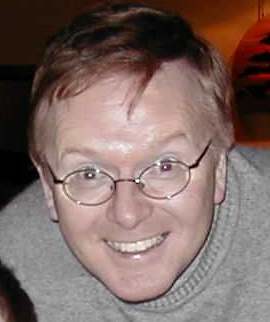Social Scientists are noticing the growth of Naturally Occurring Retirement Communities across the country. These are social communities where the vast majority of the population are seniors who have simply remained in place as their kids live and move to other parts of the country, so that eventually a significant portion of the population is retired and still living in their old homes.
USA Today has an article today on a couple who wish to age at Home in a NORC. Edna and Kenny Geiman moved to
A new program called Project Independence, funded by the state, the town and a social service agency, is designed to help the Geimans do just that. It provides care giver support, help with transportation, doctors who make house calls, and referrals for services for seniors like a local Handyman. Project
Like 5,000 other neighborhoods across the country, according to an AARP estimate, this patch of Long Island is a "naturally occurring retirement community," or NORC, a demographic term used to describe neighborhoods where at least 40% of the residents are older than 60. The first NORC program began in
In October, Congress included NORC programs in the reauthorization of the Older Americans Act, which gives grants to states for services for the seniors. Money to fund the programs has yet to be appropriated by Congress. If federal money comes, the programs could get a big boost, but money for all programs for the seniors has been increasingly scarce, says Rob Goldberg of United Jewish Communities. "Our focus in this Congress will be to get that program funded," he said. UJC is the umbrella organization for Jewish social service agencies and perhaps the biggest champion of NORC programs: It has funded 41 programs and is very active here in
Those who advocate for services for the seniors say expanding the programs is urgent. Not only will many of those seniors want to grow old at home, some of them will have to. "You can't possibly build enough senior housing for every senior," says Julia Pierson, a senior housing consultant in
Younger seniors often are recruited to take care of home repairs. "This notion that 'it takes a village' does not apply just to children," says Fredda Vladeck, who founded the first NORC program and is director of an aging-in-place initiative for the United Hospital Fund, a
Want to see if you community is a NORC? Check the following scholarly article for some pointers on how to measure the factors that make up a NORC.



No comments:
Post a Comment